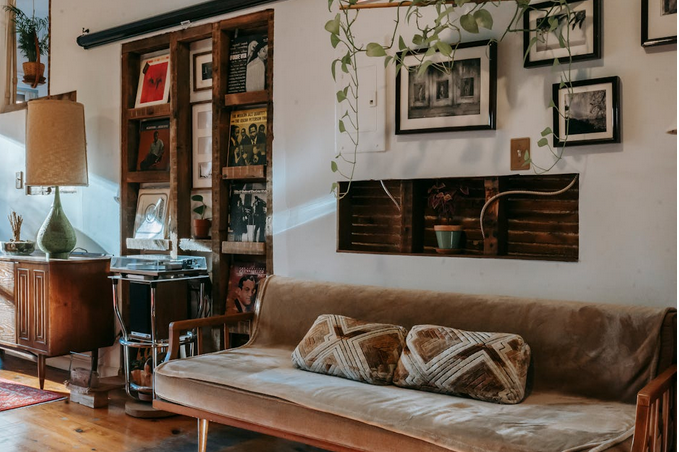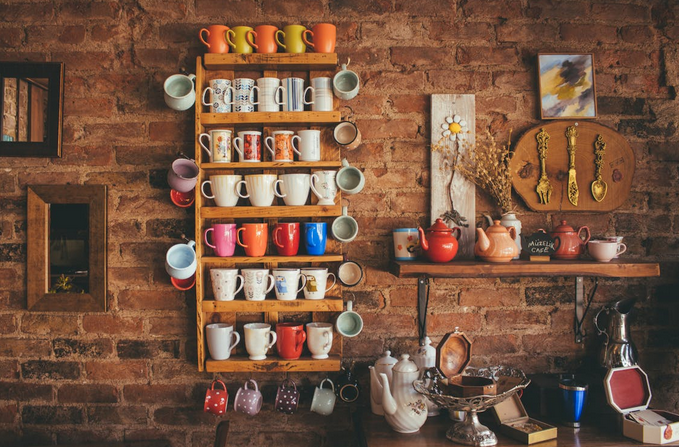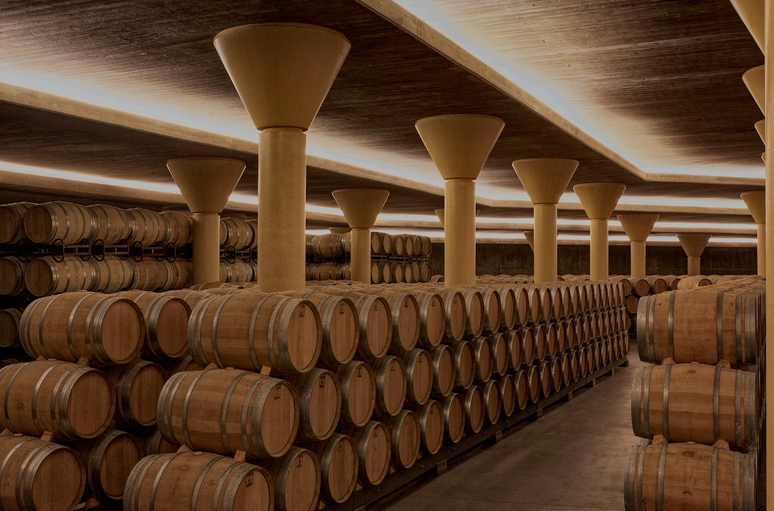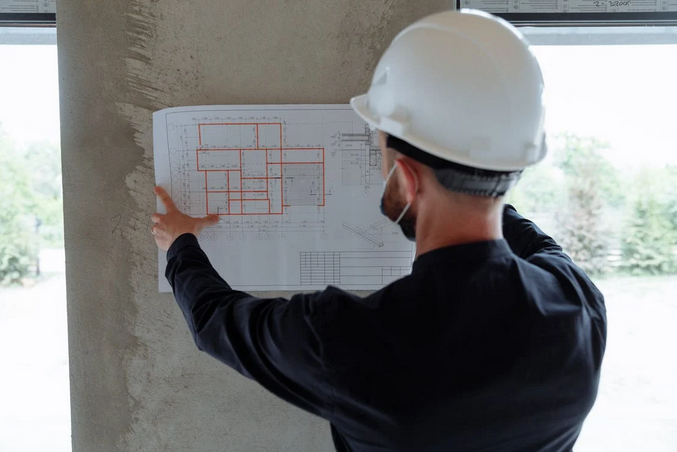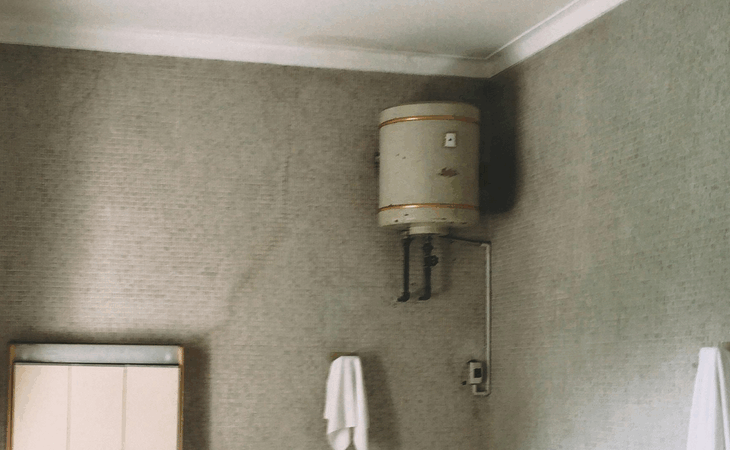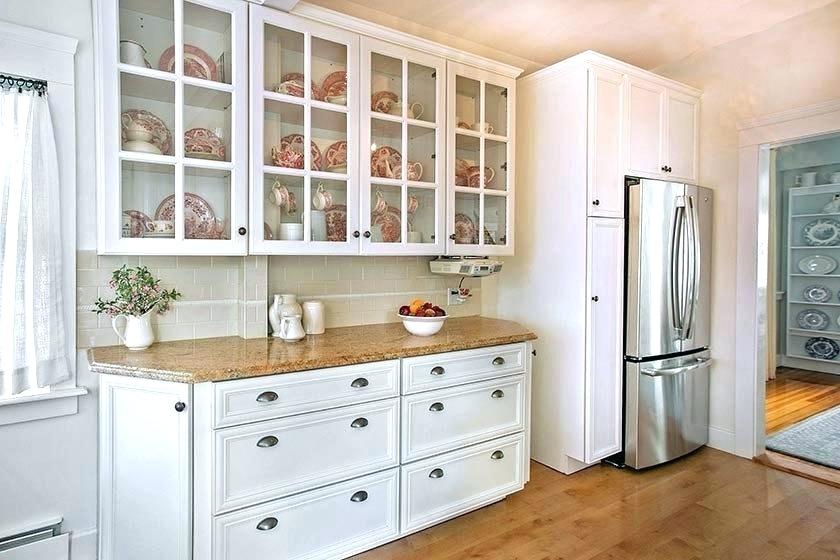
Signs That You Need A Kitchen Remodel
A time comes when a kitchen remodel becomes necessary. Renovating your kitchen is the best way to transform the look of your kitchen. Remodelling also helps to keep your kitchen functional and useful to your needs. Before selling your house, you might also want to do a remodelling project to increase the value of your home.
As a homeowner, your needs might change from time to time. You need to have a kitchen that accommodates your current needs and looks beautiful. Here are some signs that you need a home remodelling:
Outdated
If your kitchen has an outdated design, it is time to do some renovation. In the past, kitchen cabinets were made from solid wood in its original colour. This trend has changed over time, and people are now leaning towards neutral colours for the kitchen.
You will notice the use of white cabinets and white fixtures in the kitchen. Most of the modern kitchens have open shelving or glass shelves to make the space to look more spacious. If you still have the old kitchen design, it is time to get a new one.
Old and broken fixtures
After some years you will notice that your kitchen starts getting old. Some signs of ageing include old and broken fixtures. If your sink tap is not working the way it supposed to work, get a new one.
You should also get new fixtures for your cabinets in case the handles are broken. After using your kitchen for some years, the normal tear and wear are common. At this point, getting some remodelling can help to improve the look.
Your Kitchen Looks a Mess.
If your kitchen is always messy, it might be time to get some remodelling work. Your kitchen should always look organised. If you start seeing clutter everywhere, there are chances that your current storage system is not working.
You might want to improve your kitchen storage so that you can have everything for the kitchen in place. Adding more storage cabinets during renovation might work well.
Change in Family Dynamics
Changes in family dynamics can be a good reason to remodel your kitchen. If you have school going kids, you might want to introduce a big kitchen island.
This will be a place where the kids will meet for breakfast and pack their lunch. Changes in your family is a good reason to renovate your kitchen.…
 Professional installation is essential not only for safety but also for compliance with local building codes. Labor costs vary by region, but on average, you can expect to pay $500 to $1,000 for installation. This includes removing the old tank, setting up the new unit, making necessary connections, and ensuring everything is up to code. If your home requires major plumbing or electrical modifications, that price can rise significantly.
Professional installation is essential not only for safety but also for compliance with local building codes. Labor costs vary by region, but on average, you can expect to pay $500 to $1,000 for installation. This includes removing the old tank, setting up the new unit, making necessary connections, and ensuring everything is up to code. If your home requires major plumbing or electrical modifications, that price can rise significantly.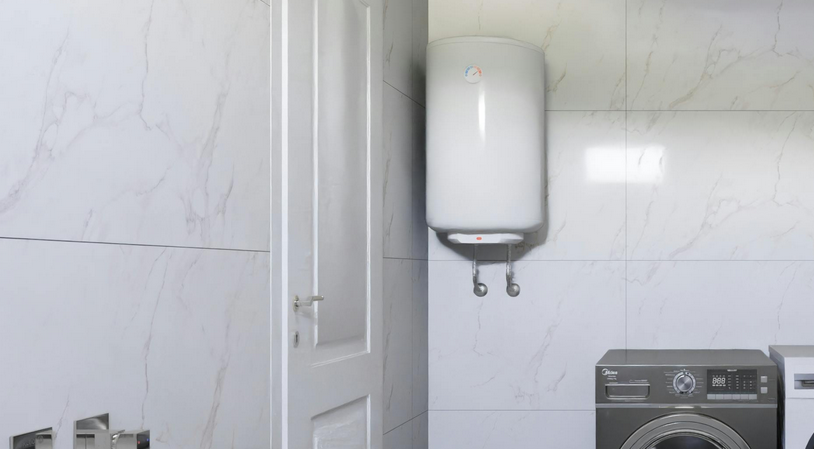 If you’re considering switching to a tankless water heater for energy efficiency and space-saving benefits, be prepared for a higher initial investment. Tankless systems can cost between $1,000 and $3,000 for the unit and $1,000 to $2,500 for installation. While they offer long-term energy savings and virtually unlimited hot water, the upfront cost is significantly higher than traditional tanks.
If you’re considering switching to a tankless water heater for energy efficiency and space-saving benefits, be prepared for a higher initial investment. Tankless systems can cost between $1,000 and $3,000 for the unit and $1,000 to $2,500 for installation. While they offer long-term energy savings and virtually unlimited hot water, the upfront cost is significantly higher than traditional tanks.